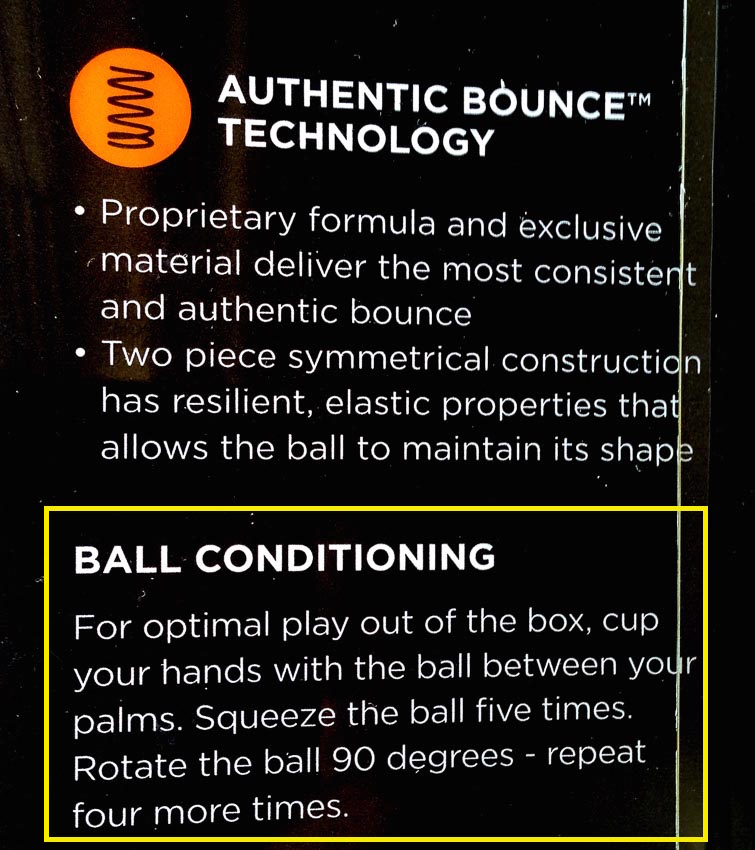I am sure this has happened to every pickleball player and perhaps more often than one would really like to admit. A ball is returned to your side of the court near both you and your partner and neither of you swing at the ball as it goes by without a return attempt. Each of you probably thought the other person was going to get the ball.
Ideally, coverage of lobs, balls down the middle, etc. should be discussed prior to each game. Unfortunately this rarely takes place during casual or clubhouse play.
In the video below, Helle Sparre uses a storyboard to explain her theory of which doubles partner should cover particular areas of their court during certain aspects of play. This is not a video with footage of people playing pickleball and it may not be “exciting” per se, however, the information can be very important. If you have a steady doubles partner or play in tournaments, this information may be essential.
Helle Sparre refers to the roles of the “workhorse” and the “terminator” and which person should accept each role. The workhorse covers 75% of the court while the terminator only has to worry about 25% of the court.
More Pickleball Videos
To See additional Pickleball Videos Covering Many Aspects of the Game Click Here (primarily for beginners and less experienced players)
Check out Additional Pickleball Info and Videos! (for all players including average to more experienced players)
**********
All content on this blog is copyrighted by Jeffrey B. Ross with ALL Rights Reserved. While reference links back to JBRish.com are appreciated and encouraged, please acquire approval for any reproduction of original content from this website.
©Jeffrey B. Ross

